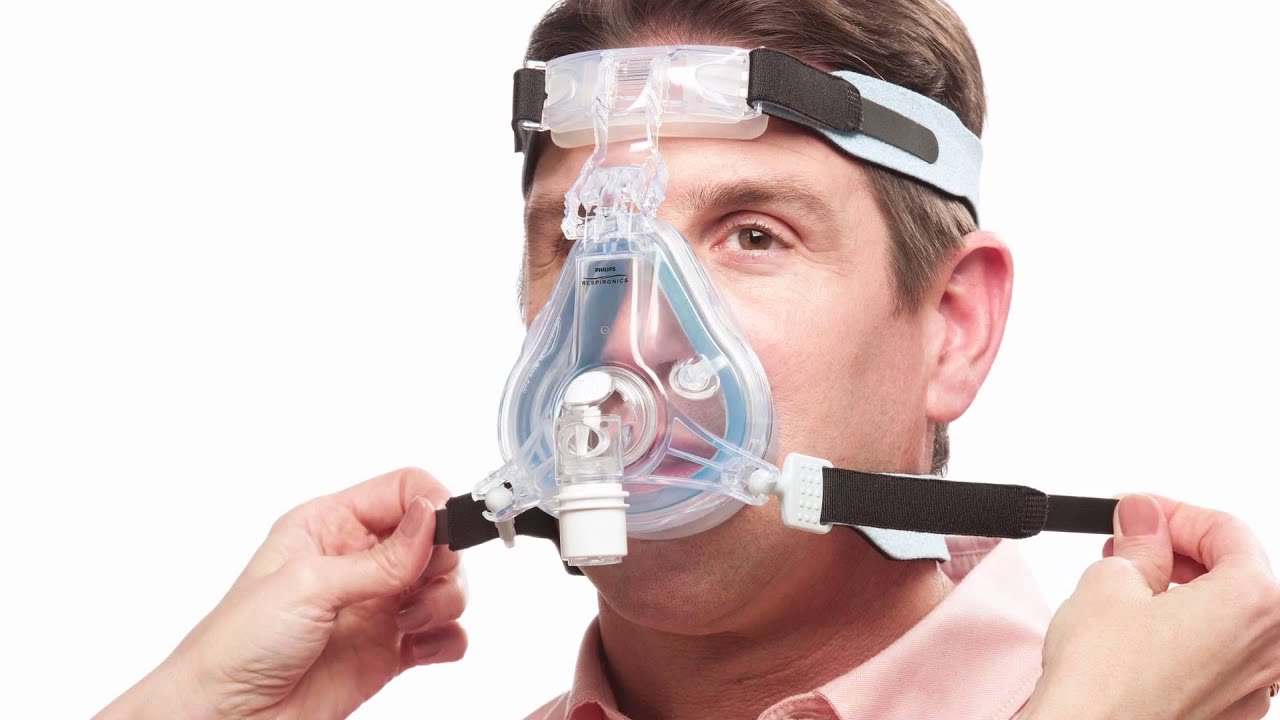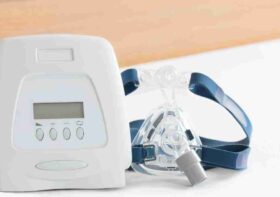8 Common Issues to Avoid with your CPAP Masks

The Continuous Positive Airway Pressure CPAP mask is an integral part of the CPAP machine. This machine is designed to help patients overcome the challenges of sleep apnea. It requires efficient use of the CPAP masks during sleep to help give the patient, good rest through consistency and compliance.
The compliance aspect involves using the CPAP machine as instructed in its manual. As for consistency, it is the patient’s responsibility to continue using the machine every time during sleep. Even if the patient begins to feel better, it is not an excuse to stop until a medical professional says so.
The CPAP machine relieves the patient to enhance sleep by keeping the airway open for breathing during sleep. However, the machine has some issues too. The commonest of these challenges comes with the CPAP masks, with which the users may struggle to adjust. The device involves a nasal mask, face masks, and hoses that help overcome sleep therapy.
Moreover, the CPAP masks are the significant component that the patient has contact with during sleep with connection to the pump through a hose. Below are eight issues patients can have with using the CPAP machine and possible ways of overcoming the problems.

8 Common Issues Patients Face with CPAP Masks
The Air Pressure may be too high
The first common issue the patient may have with their machine is that the air pressure gets too high. At this point, the CPAP machine becomes very uncomfortable for use by the patient. If you feel this discomfort, contact your doctor or sleep trainer for the CPAP masks to treat obstructive sleep apnea and remove all symptoms, including a stuffy nose.
In some cases, the CPAP mask provider can also help adjust the machine settings to a comfortable level. However, watch out for the air quality that passes through the airway. If you feel something is wrong with the air quality, switch off the machine immediately.
When considering SMSF setup costs, it’s crucial to assess the long-term benefits and potential returns of managing your superannuation fund independently. While there are initial expenses involved in establishing an SMSF, it can offer greater control and flexibility over investment decisions. Careful budgeting and planning are vital to determine whether the benefits outweigh the setup costs. Seeking professional advice from qualified SMSF specialists can provide valuable insights and help navigate the complexities associated with SMSF setup and ongoing management.
CPAP Masks do not fit properly
The patient will not also enjoy the work of the CPAP machine if the CPAP mask does not fit as it should. In such a case, there will be leaking air in and around the CPAP masks, causing discomfort. The most specific feature to check will be the size of the mask and the length of its chin strap or others.
This situation emphasizes the need to confirm the CPAP mask that is most suitable for you before buying. When you ensure the mask is the right size, check the strap to be sure they are adjusted to the size of your head. Otherwise, pick another size that fits better and makes you more comfortable. You may follow the following simple steps to choose the right CPAP masks that rightly fit you.

Try out different sizes of CPAP masks.
Since the CPAP masks are in various sizes, you can try out some sizes to see which fits best for use and makes you most comfortable. In any case, if the mask feels too big or too small, consider a change.
Choose a different CPAP mask.
CPAP masks are not like shoes; you can choose any mask you feel most comfortable with. Therefore, if you initially use a full face mask for your therapy, you may consider using a nasal pillow mask or even a nasal mask. In reverse, if you have been using a nasal pillow mask, you may want to have a feel of what a full-face mask looks like.
Check the straps.
Asides from the CPAP masks, the following item to check is your straps, which hold the mask in place on the face. While the straps are meant to be as snug as possible, they must not be too tight. Otherwise, the CPAP mask will make you uncomfortable. On the other hand, if the straps are too loose, the mask will slack and leak helpful air.
A struggle with forced air
Some users find it hard to adjust to the feeling of forcing air into their lungs while they sleep. Of course, it is an unnatural way, and it may take some time to adjust fully. During this process of adjustment, it may be a struggle. First, patients should understand that this feeling is normal and can go away if they endure it for only a few nights.
However, if the feeling persists after the given time, you may want to talk to your doctor or sleep trainer. But if you can sleep better during these times and notice the discomfort reduces, you are fine. Choose to speak to a medical professional or the CPAP device provider. They may help to adjust a few settings on your CPAP device. Otherwise, ask for a BiPAP machine to deliver air at different pressures into your lungs while you sleep comfortably.

Air leaking from your mask
Another common issue that a patient may face is the problem of leaking air from the CPAP mask. When the air from your CPAP mask leaks, it can lead to several complications. For instance, you may feel some dryness in your airway, irritation, and redness in your eyes. The first remedy is to check the straps and be sure they are not slack. Then, be sure you also choose the right size of the CPAP mask. Otherwise, contact the CPAP provider or your sleep trainer.
Runny or Stuffy Nose
If you experience a runny nose or a feeling of stuffiness while wearing the CPAP mask, that is an issue. The first step is to apply some saline spray or gel to that area before wearing the CPAP mask again. On the other hand, you can try to use a humidifier with the CPAP machine to add moisture to the delivered air. Also, check out to hose to be sure it is not blocked by air of poor quality.
Dry eyes, mouth, or throat
A common side effect of using a machine and CPAP mask is experiencing dryness in the mouth, eyes, and throat. This issue is why it is often recommended to add a humidifier to your CPAP therapy, which can help add some moisture to the air. The other alternative is to apply some saline spray or gel to the surface before wearing the CPAP mask. If the problem persists after these tries, you may want to consult your doctor.
Sleep apnea masks are an efficient way to overcome sleep apnea, but they come in different shapes and sizes of nasal masks. In addition, some masks allow users to wear glasses and watch TV with their forms and face cover portion.
You cannot sleep while wearing the CPAP mask
Wearing a CPAP mask can also feel unnatural for the first time, and some patients may attribute sleeplessness to the new equipment. While this feeling is valid, that is what the CPAP is there to solve. Therefore, the first thing to do is to try to wear the CPAP mask for shorter periods rather than for a long time. After a few tries, you should get a bit more comfortable with wearing it. However, if the problem persists, you should consider trying other CPAP masks.
Hose Problems
Another part of the CPAP machine setup that may pose problems is the hose connected to the CPAP masks. If you fail to connect the hose correctly to the CPAP machines, it may have issues and not produce the desired results. When you notice a problem with the hose, try out a different location or direction. If it fails to work, you may use a shorter hose. However, if none of the tweaks work, reach out to your doctor.

